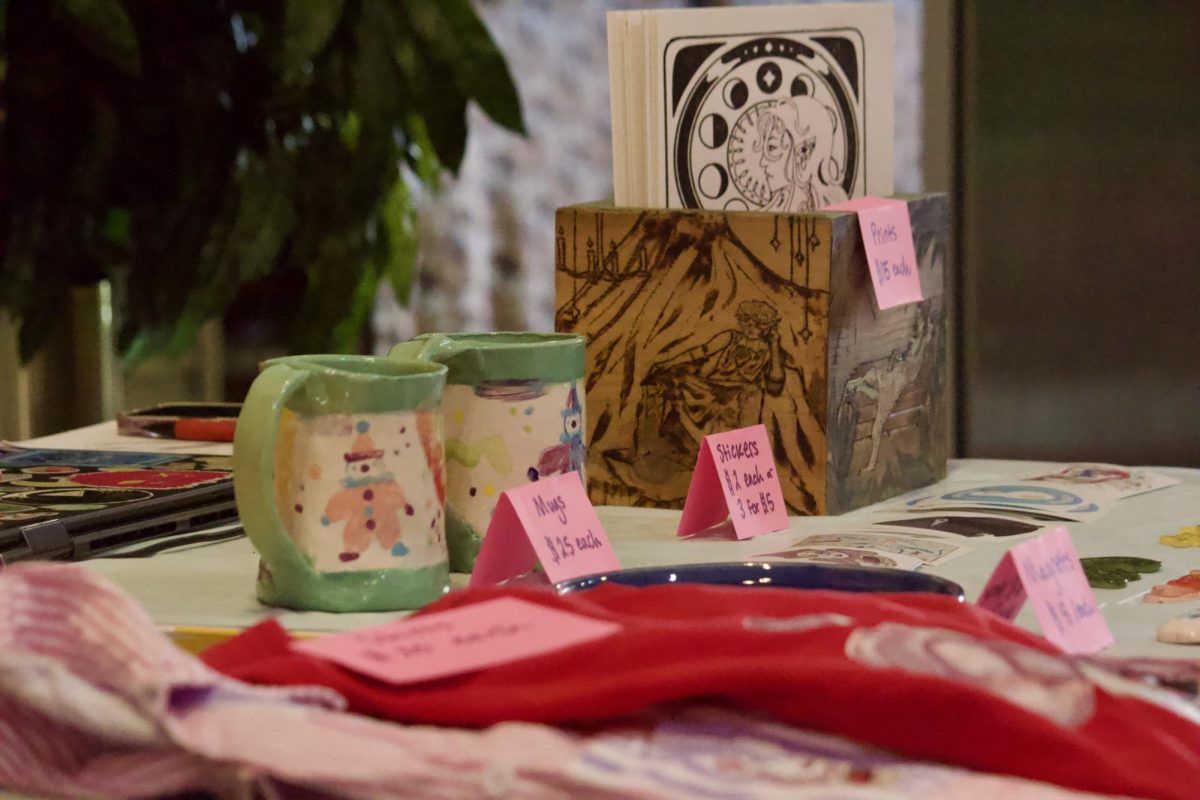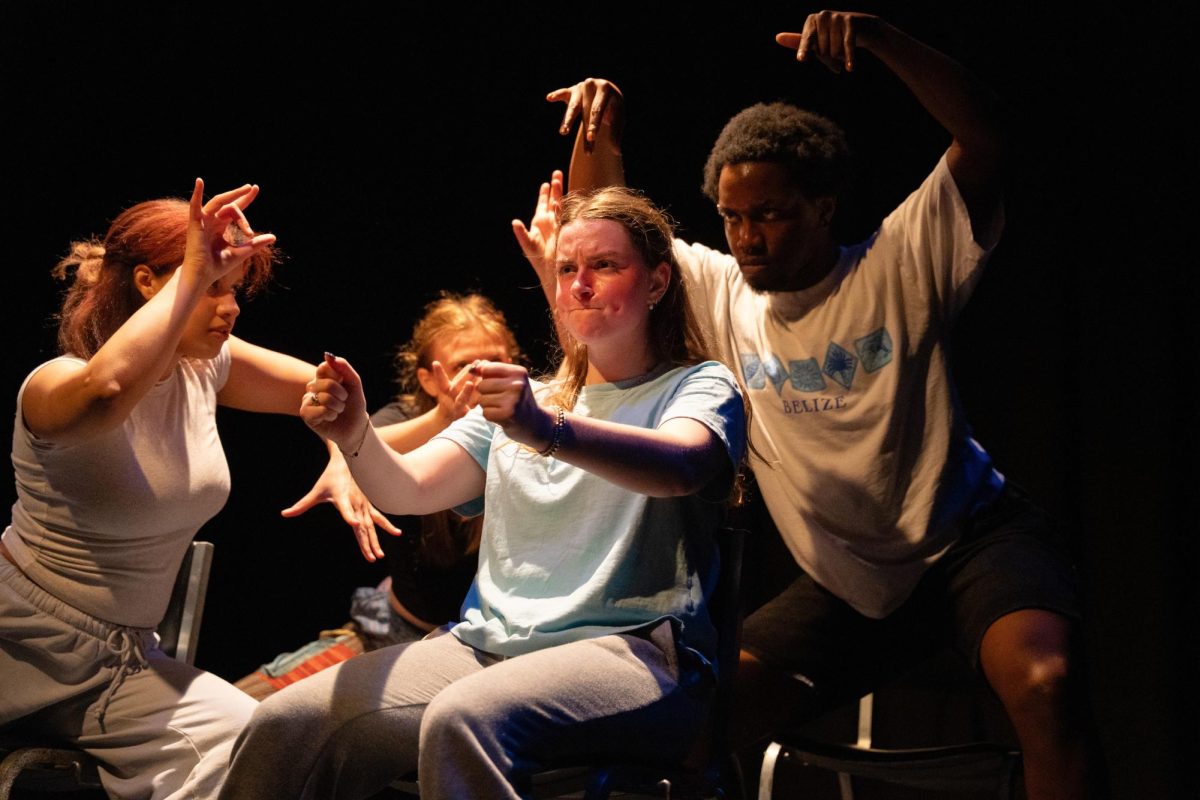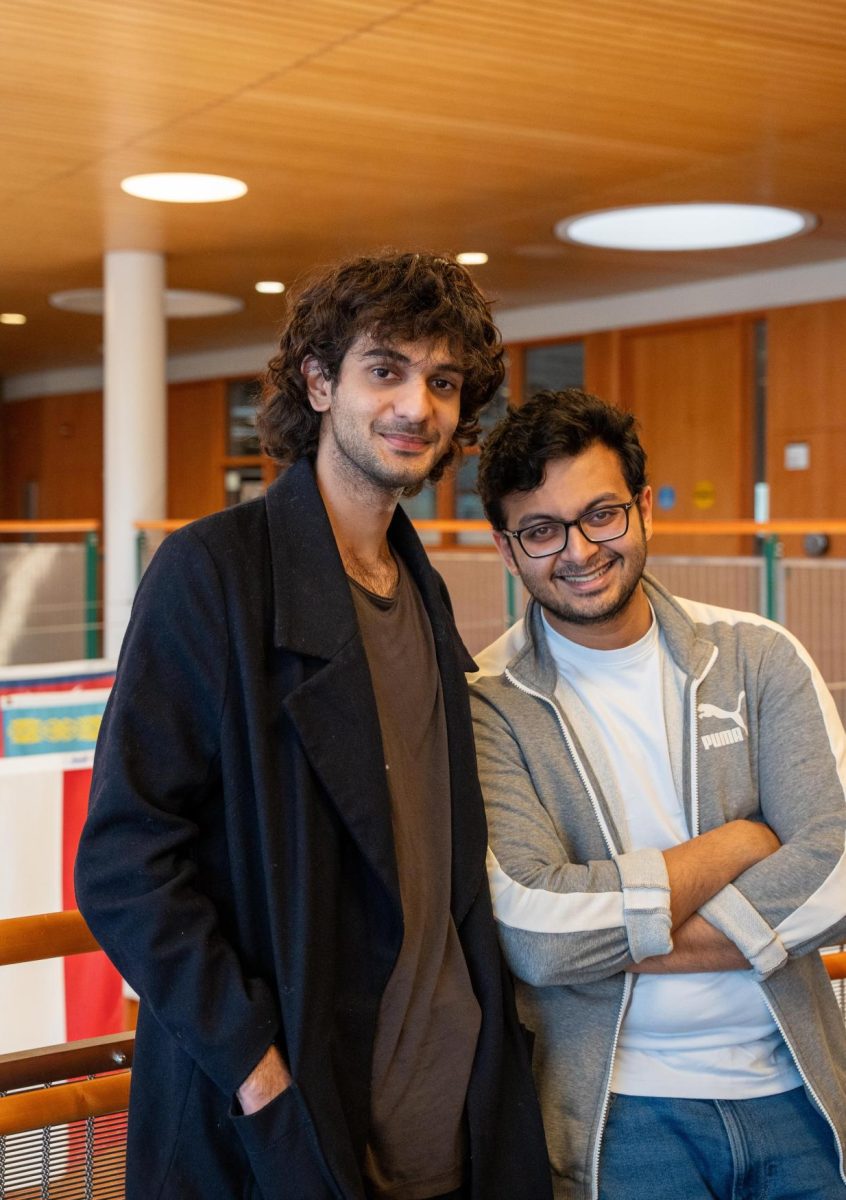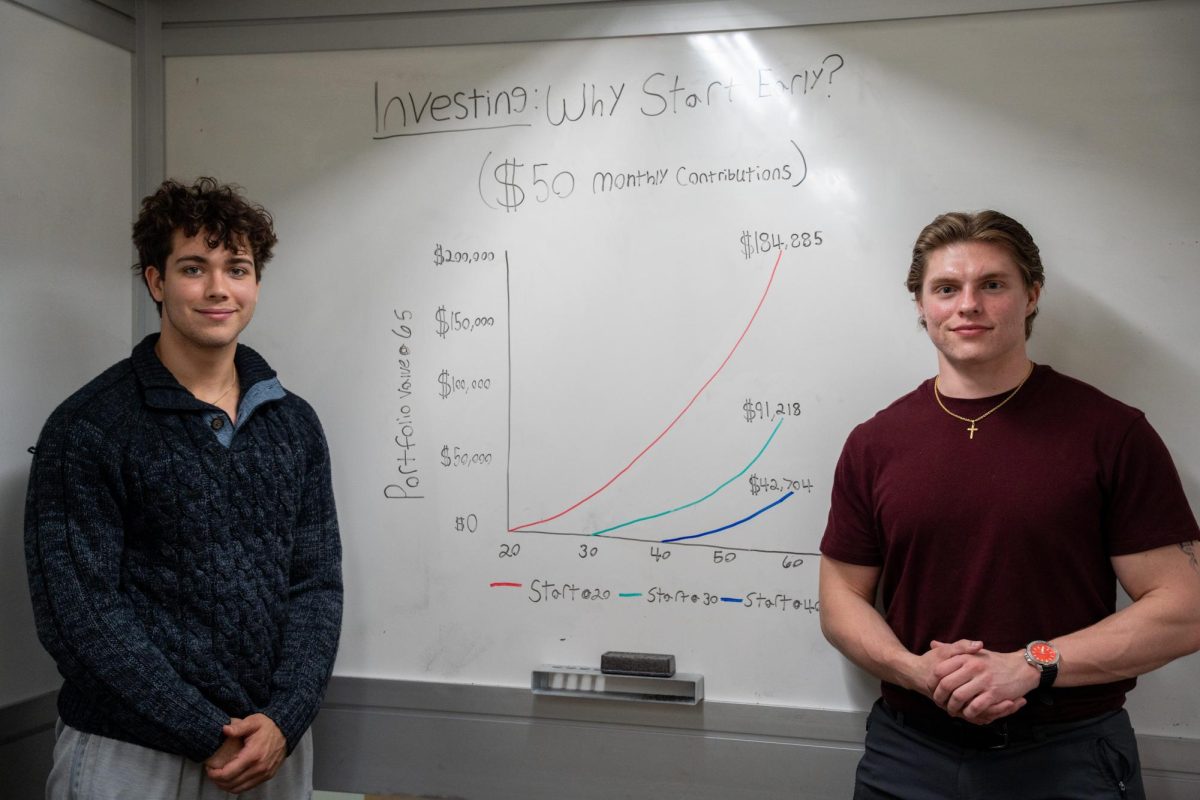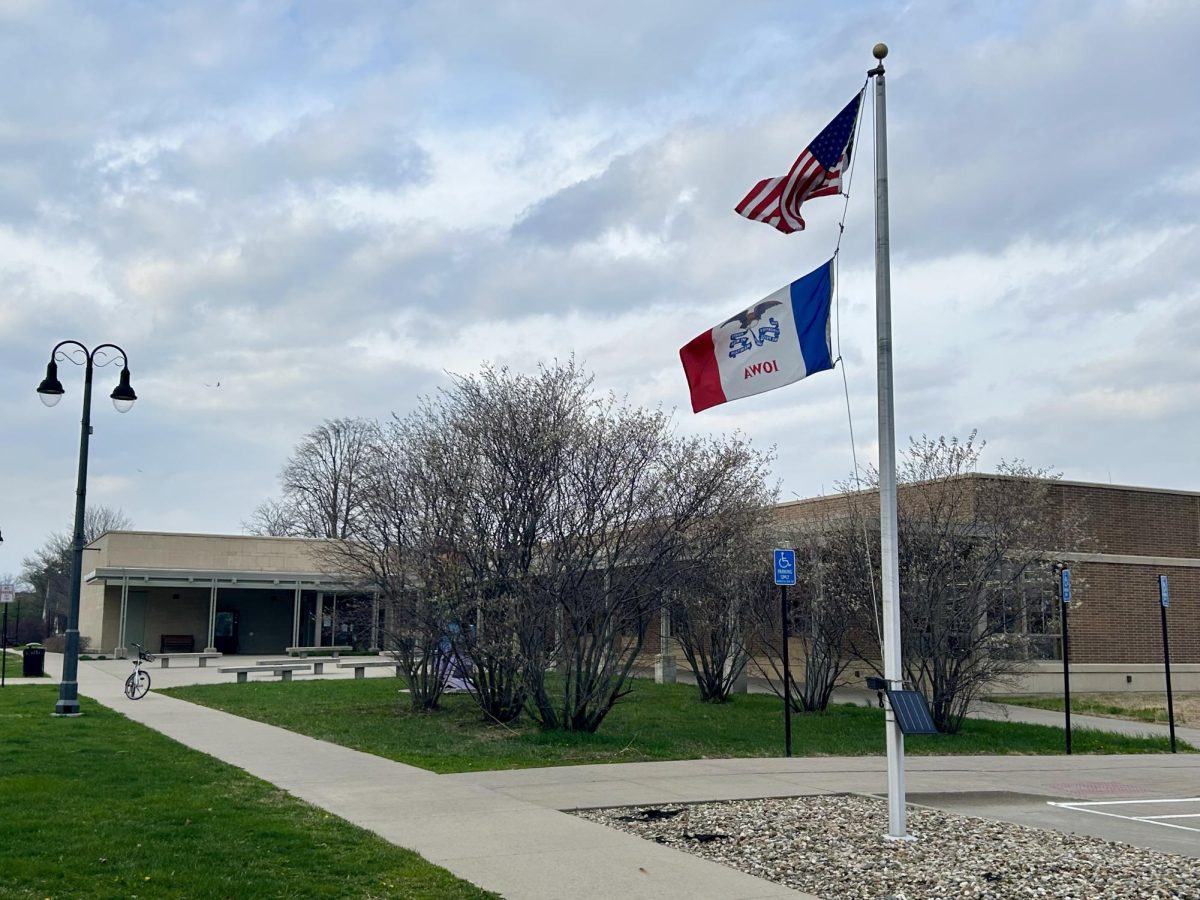By Hellen Barroso & Sarah Corapi
barrosoh@grinnell.edu corapisa@grinnell.edu
The 50s is not an era that most Grinnell students can recall. Instead, there is a new store in town where you can go to relive the long-gone decade.
In search of the famed Candyland, revived from the 50s, we set off for downtown Grinnell. Although we were completely lost with no idea of how to arrive at our destination, we stopped at a Flower Shop where we met city council member Jim White. White was very excited to hear about our quest and proceeded to talk a bit about Candyland’s history. According to White, back in its heyday, it was a popular hangout. Today, thanks to Roberta See, Candyland’s new owner, Grinnell can once again enjoy the diner’s joys.
Candyland is a small brick building just off of Highway 146, located at 831 West St. right next to an old gas station where See’s husband used to work. Walking inside the shop we were transported to another era when going to movies with a good lookin’ date and then hitting up the soda fountain was the hip thing to do on a Friday night. Candyland is the place to go if you’re looking for a 1919 Root Beer in a Frosty Mug. Among other options we found ourselves looking at pies, sundaes, sandwiches, ice cream sodas and the store specialty, the Candyland Sundae.
See generously gave us the chance to go behind the counter and see all of the appliances such as the three-section sink, the milkshake mixer, the antique fridge, the freezer and the soda fountain recreated by See herself. Upon entering the bathroom we came across an old baby blue radio alongside an Elvis poster hanging on the wall.
Greece natives Jim Jorris and Pete Staffanou owned the Candyland building on 4th Ave. The two partners worked together until Jim passed away behind the counter from a heart attack in 1943. The Candyland then switched ownership, becoming part of Cunningham Drug, and the original Candyland building burnt down in a fire after it went out of business.
See’s goals are to bring back memories of a past where the sodas were made with soda water and extra flavoring to a generation that will rarely get the opportunity to experience it.
“The young people of today need to realize what we had back then,” See said. “A lot of them have been here and are really happy to hear about the past.”








